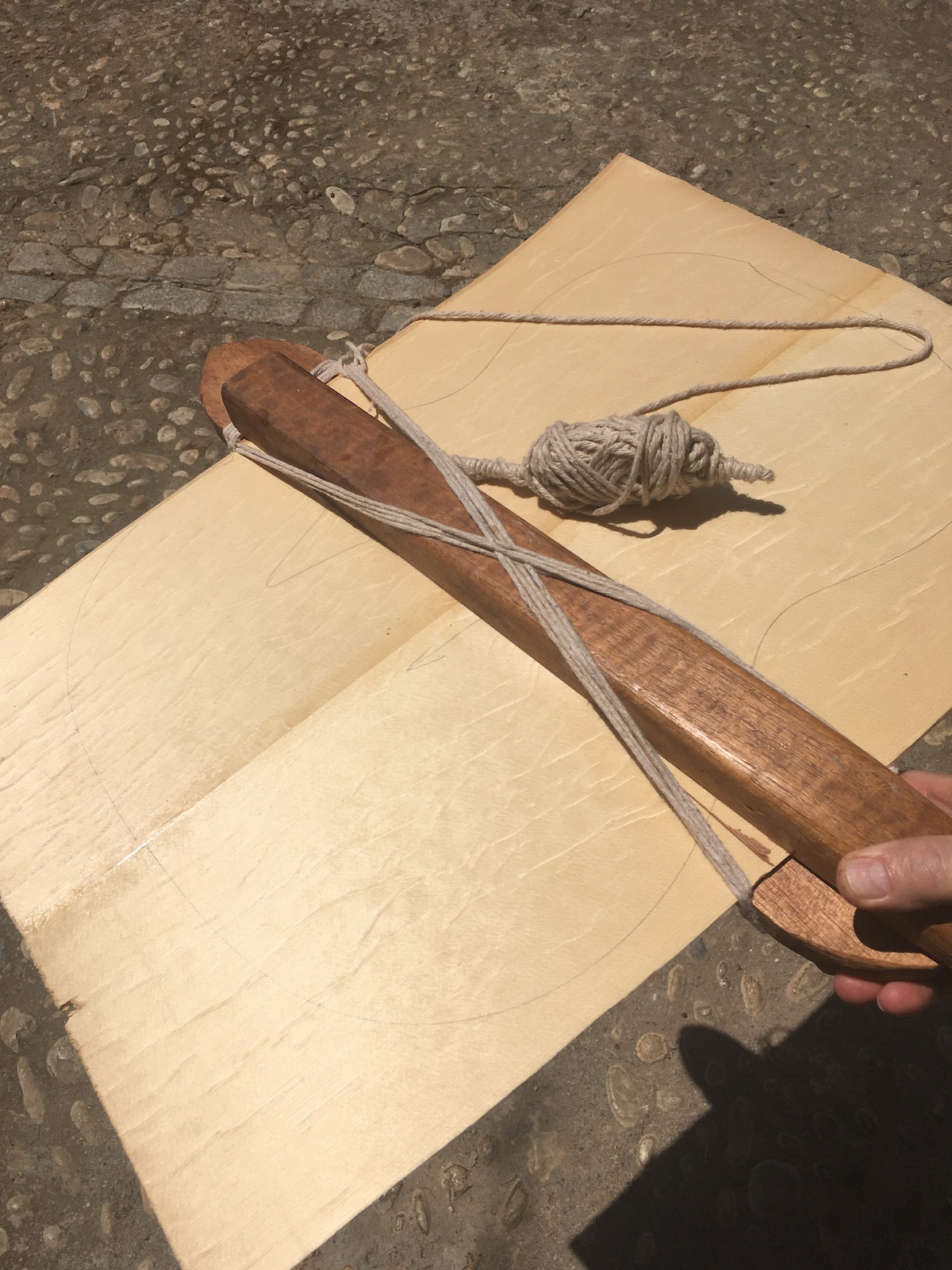 The secret to a good glueing technique is to check if the joint is closed under pressure. Here in Granada some joints are tested by trapping a strip of thin paper between the two pieces to be glued while approximating the pressure that will be used to clamp it. This is common with the bridge and the fretboard. In these cases we are very interested in the edges of the joint as they like to peel up. This can involve removing a hint of wood from the inside of the footprint so that the edges are in solid contact while the rest is pulled in by the clamping pressure and the action of the glue drying. This is very subtle and you never remove so much wood that there is problematic deformation.
The secret to a good glueing technique is to check if the joint is closed under pressure. Here in Granada some joints are tested by trapping a strip of thin paper between the two pieces to be glued while approximating the pressure that will be used to clamp it. This is common with the bridge and the fretboard. In these cases we are very interested in the edges of the joint as they like to peel up. This can involve removing a hint of wood from the inside of the footprint so that the edges are in solid contact while the rest is pulled in by the clamping pressure and the action of the glue drying. This is very subtle and you never remove so much wood that there is problematic deformation.
With jointing a top or back it doesn’t matter what method you use but your planing should cater to the clamping method you use. Clamp the joint dry and test for movement all along the joint. I do this each time I glue one up. This is one of the reasons I use the method I do: it is quick for testing. If I “candle” the joint with no pressure there is a bit of light coming through the centre portion but with the clamping pressure applied it is difficult to shift all the way along.
